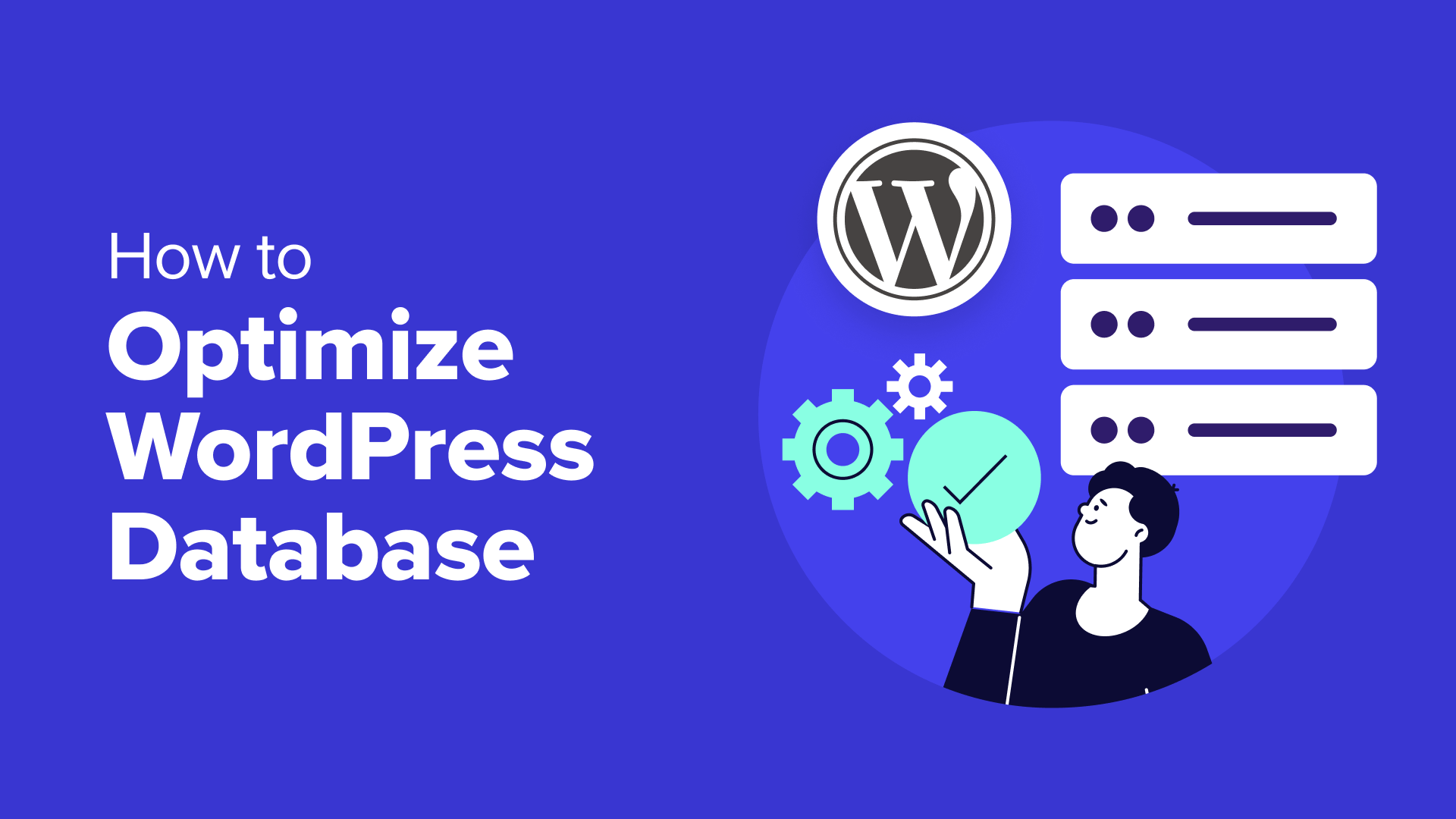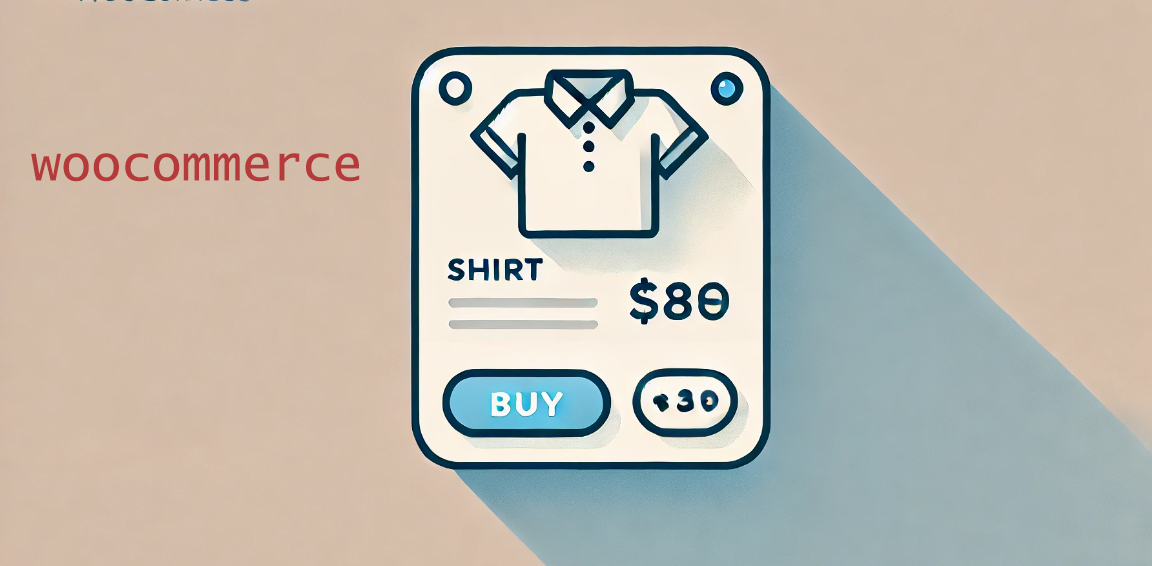When managing a WooCommerce store, theManual order placementProbably an often overlooked but very useful feature. While most customers will place an order the standard way, in some cases it may be necessary to manually create an order for a customer. This article will detail how to manually place an order in WooCommerce and in what situations you may need to use this feature.
![Image [1] - Detailed guide to placing orders manually in WooCommerce: no plugin required - Photon Flux.com | Professional WordPress Repair Service, Worldwide, Fast Response](http://gqxi.cn/wp-content/uploads/2024/08/2024082107553337.png)
5 Steps to Creating a WooCommerce Manual Order
Placing an order manually in WooCommerce isn't as easy as it looks. While the basic process of creating a manual order is intuitive, WooCommerce offers many features and options that can help you ensure the accuracy and completeness of your order. Here are the detailed steps for creating a manual order:
1. Add a manual order in WooCommerce
To add an order manually in WooCommerce, you need to be logged in to WordPress as an administrator.New manual orders can be added in three ways:
- Add orders from the admin bar: Hover your mouse over the WordPress admin bar in the "+ New" button, and then click the "(purchase) order". This can be done from the WP backend or frontend.
![Image [2] - Detailed guide to placing orders manually in WooCommerce: no plugin required - Photon Flux.com | Professional WordPress Repair Service, Worldwide, Fast Response](http://gqxi.cn/wp-content/uploads/2024/08/2024082107392071.png)
- Adding Orders to the WooCommerce Orders Page: Go to WooCommerce → Orders and click the Add Order button at the top of the page.
- Adding a new order while editing an existing order: On the Edit Order page, you will see an "Add Order" button, click it to create a new manual order.
![Image [3] - Detailed guide to placing orders manually in WooCommerce: no plugin required - Photon Flux.com | Professional WordPress Repair Service, Worldwide, Fast Response](http://gqxi.cn/wp-content/uploads/2024/08/2024082107360031.png)
Whichever method you use, you will be taken to a new order page that has the current date, but no other details.
2. Input of customer data
The second step in creating an order is to enter the customer's details. Customer information can be entered manually or the process can be completed more quickly by selecting an existing customer:
![Image [4] - Detailed guide to placing orders manually in WooCommerce: no plugin required - Photon Flux.com | Professional WordPress Repair Service, Worldwide, Fast Response](http://gqxi.cn/wp-content/uploads/2024/08/2024082107412837.png)
- Select Existing Customers: Enter a customer's name, email address, or user ID initials, and WooCommerce automatically finds and displays matching customers. Once selected, the system will automatically populate the billing and shipping address information.
- Manually enter customer information: If a customer has not yet registered on your website, you can select the "Visitors" option and enter all the necessary customer data manually.
You can also edit and update your client's information for future use in the "Users" section of WordPress.
3. Selection of products, fees, taxes, shipping costs and coupons
![Image [5] - Detailed guide to placing orders manually in WooCommerce: no plugin required - Photon Flux.com | Professional WordPress Repair Service, Worldwide, Fast Response](http://gqxi.cn/wp-content/uploads/2024/08/2024082107441149.png)
Next, you need to add the product, cost, shipping, taxes, and possible coupons for the order:
- Add Product: After clicking the "Add Item" button, select the "Add Product" option. Enter a few characters to find the WooCommerce product you need, set the quantity and add the product to the order.
![Image [6] - Detailed guide to placing orders manually in WooCommerce: no plugin required - Photon Flux.com | Professional WordPress Repair Service, Worldwide, Fast Response](http://gqxi.cn/wp-content/uploads/2024/08/2024082107465328.png)
- Adding costs: You can add customized expense items. Enter a name for the expense and set the price and taxes. Negative fees can also be set if desired, for example to apply a discount to a product.
![Image [7] - Detailed guide to manually placing an order in WooCommerce: no plugin required - Photonwave.com | Professional WordPress Repair Service, Global Reach, Fast Response](http://gqxi.cn/wp-content/uploads/2024/08/2024082107473112.png)
- Add Shipping: Select "Add Transportation" option, you can edit the transportation costs, taxes and names. Different shipping methods and metadata (name/value pairs) can also be selected.
- Add Taxes: WooCommerce automatically displays the available tax rates based on the tax rate you set, which can be added to the order.
![Image [8] - Detailed guide to placing orders manually in WooCommerce: no plugin required - Photon Flux.com | Professional WordPress Repair Service, Worldwide, Fast Response](http://gqxi.cn/wp-content/uploads/2024/08/2024082107474659.png)
Once all items have been added, click the "Recalculate" button to ensure that the taxes and totals are updated correctly.
- Add Coupon: If the customer has a coupon, they can enter the coupon code to apply the appropriate discount, which will affect the total value of the order.
![Image [9] - Detailed guide to placing orders manually in WooCommerce: no plugin required - Photon Flux.com | Professional WordPress Repair Service, Worldwide, Fast Response](http://gqxi.cn/wp-content/uploads/2024/08/2024082107481051.png)
4. Customizing metadata and download permissions
![Image [10] - Detailed guide to placing orders manually in WooCommerce: no plugin required - Photon Flux.com | Professional WordPress Repair Service, Worldwide, Fast Response](http://gqxi.cn/wp-content/uploads/2024/08/2024082107460393.png)
After adding the main content of the order, you also have the option to customize the metadata or grant download permissions:
- Customized metadata: In Orders, new custom metadata can be added or selected to provide more information or personalize order processing.
![Image [11] - Detailed guide to placing orders manually in WooCommerce: no plugin required - Photon Flux.com | Professional WordPress Repair Service, Worldwide, Fast Response](http://gqxi.cn/wp-content/uploads/2024/08/2024082107494312.jpg)
- Download Permissions: If the order contains digital products, you can grant the customer download access through this feature.
5. Setting up order status and placing WooCommerce manual orders
The final step is to set the order status and create the order. By default, WooCommerce will set the order status to "Pending Payment", but you can choose another status depending on the situation.
Once you have completed all the settings, check the details of the order and click on the Create Order button.
![Image [12] - Detailed guide to placing orders manually in WooCommerce: no plugin required - Photon Flux.com | Professional WordPress Repair Service, Worldwide, Fast Response](http://gqxi.cn/wp-content/uploads/2024/08/2024082107501072.png)
WooCommerce Manual Order - More Options
In addition to the basic order creation process, WooCommerce offers a number of advanced options that can help you better manage and process orders.
1. Remarks on orders
![Image [13] - Detailed guide to placing orders manually in WooCommerce: no plugin required - Photon Flux.com | Professional WordPress Repair Service, Worldwide, Fast Response](http://gqxi.cn/wp-content/uploads/2024/08/2024082107521238.png)
WooCommerce allows you to add notes to orders. These notes can be private (visible only to administrators) or public (visible to customers). Order notes are very helpful for order processing, shipping management and customer communication.
- Private Remarks: Administrators can add private notes that are displayed only in the back office to record the progress of an order's processing or special instructions.
- Customer Remarks: You can also add and send customer notes and communicate order details or special instructions directly to your customers via email.
2. Order attribution
WooCommerce provides order attribution feature to help you track the origin of your orders. This feature can be enabled in the Advanced Features option in WooCommerce Settings. In the case of manual orders, the system will mark the order attribution as "Web Administrator" to clearly identify the source of the order.
![Image [14] - Detailed guide to placing orders manually in WooCommerce: no plugin required - Photon Flux.com | Professional WordPress Repair Service, Worldwide, Fast Response](http://gqxi.cn/wp-content/uploads/2024/08/2024082107522834.png)
3. Client history
After creating a manual order for an existing customer, you can view the purchase history for that customer. This includes the customer's total number of orders, cumulative amount spent, and average order value. Knowing this information, a more personalized marketing strategy can be developed thatfor exampleSend a thank you note to the customer or offer a coupon for their next purchase.
![Image [15] - Detailed guide to manually placing an order in WooCommerce: no plugin required - Photon Fluctuation Network | Professional WordPress Repair Service, Global Reach, Fast Response](http://gqxi.cn/wp-content/uploads/2024/08/2024082107524045.png)
4. Order processing
Manual orders have the same action options as standard WooCommerce orders. Orders can be managed with the following actions:
- Send invoices or order details by email: Generate and send invoices or order confirmation emails for customers.
- Resend new order notification: If desired, the order notification email can be resent.
- Re-generate download permissions: For digital products, download links can be regenerated and sent to customers.
![Image [16] - Detailed guide to placing orders manually in WooCommerce: no plugin required - Photon Flux.com | Professional WordPress Repair Service, Worldwide, Fast Response](http://gqxi.cn/wp-content/uploads/2024/08/2024082107525526.png)
These operations make the management and processing of manual orders more flexible and convenient.
When do I use manual orders in WooCommerce? Example
While most WooCommerce orders are generated through an automated process, there are some scenarios where manual orders are more appropriate. Here are some common examples:
- telephone order: Customers placing an order over the phone need to manually create the order in WooCommerce.
- Email Orders: Customers place orders via e-mail, which can be generated manually based on customer needs.
- Invoice orders: In some cases, it may be necessary to manually create invoices and generate orders for customers.
- Test Orders: To test the functionality of a WooCommerce setup or a new plugin, it's easy to create orders manually.
- Customized Orders: For orders with special fees, additional discounts, or custom tax rates, creating them manually ensures that all details are accurate.
summarize
WooCommerce's manual order placement feature is a very useful tool, especially when processing phone orders, custom orders, or test orders. With the detailed guide in this article, it's easy to get a handle on how to create and manage manual orders, and learn how to utilize WooCommerce's advanced options to make order processing more efficient.
Link to this article:http://gqxi.cn/en/17231The article is copyrighted and must be reproduced with attribution.

























![Emoji[jingya]-Photonflux.com | Professional WordPress repair service, worldwide, rapid response](http://gqxi.cn/wp-content/themes/zibll/img/smilies/jingya.gif)






No comments